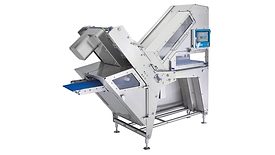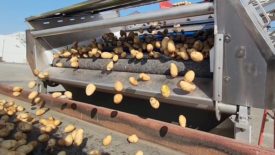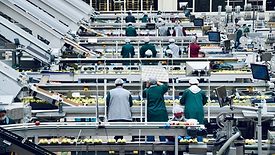Processing
Keep Tabs On Products from Start to Finish in the Plant
With internal tracking and tracing, product recalls can be smaller in size.
April 27, 2023
Cyber Insurance Drives Increased Security
Food companies and manufacturers are meeting stringent security audits to qualify for cyber insurance policies.
April 19, 2023
Make CIP an Integral Part of Your Process
In the same way you use automation to make consistent, quality products, why not use CIP to ensure germ-free cleaning every time?
April 11, 2023
Processing
Vanmark Introduces In-plant Vine Remover Machine for Potato Processors
April 4, 2023
Steam: Minimize the Losses, Save Energy
Steam is too valuable a commodity to lose
March 27, 2023
Facility Management
6 Steps for Improving Asset Utilization in Food Processing
March 9, 2023
Elevate your expertise in food engineering with unparalleled insights and connections.
Get the latest industry updates tailored your way.
JOIN TODAY!Copyright ©2024. All Rights Reserved BNP Media.
Design, CMS, Hosting & Web Development :: ePublishing












